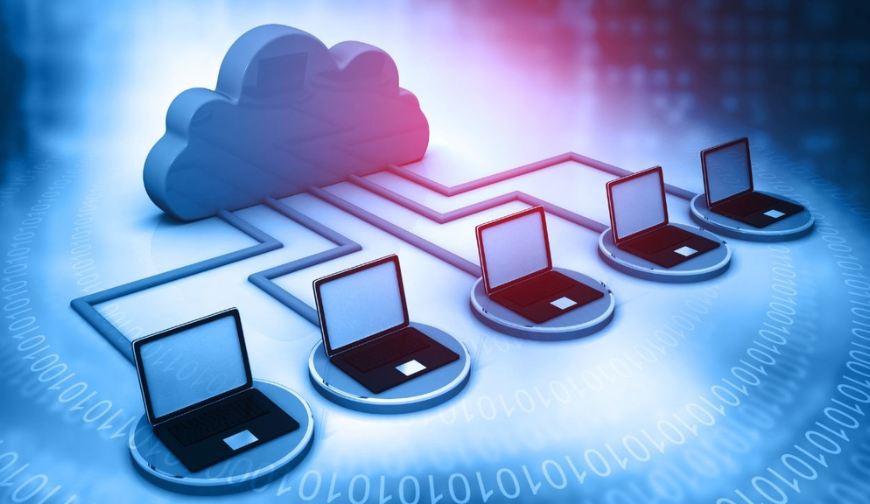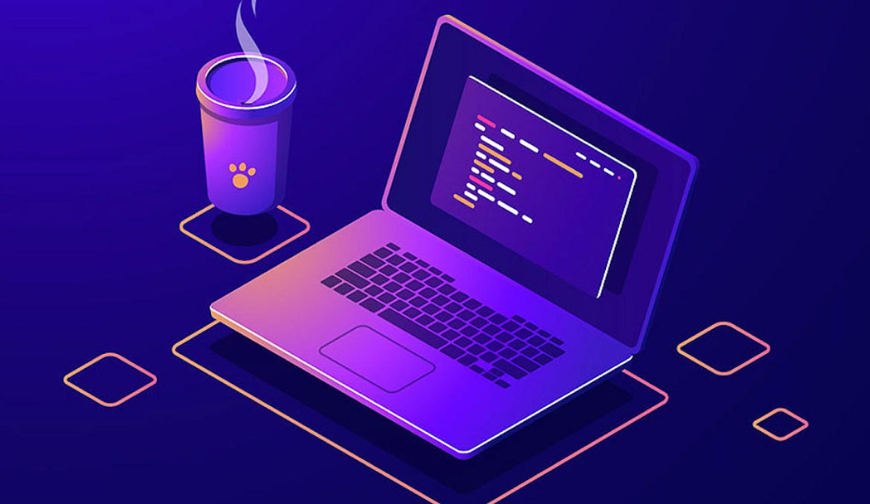LAMP computing refers to a software stack commonly used for web development. It stands for Linux, Apache, MySQL, and PHP, representing the key components required to deploy dynamic web applications. Understanding the basics of LAMP computing is essential for developers and businesses aiming to build scalable and robust web solutions.
Components of LAMP
Linux Operating System
At the core of LAMP computing is the Linux operating system. Linux provides a stable and reliable foundation for hosting web applications. It offers a wide range of distributions catering to different needs, ensuring flexibility and compatibility with various hardware configurations.
Apache Web Server
Apache serves as the HTTP server in the LAMP stack, responsible for handling incoming web requests and serving web pages to clients. It is highly customizable and supports features like virtual hosting, SSL encryption, and URL rewriting, making it a preferred choice for web hosting environments.
MySQL Database
MySQL is a popular open-source relational database management system (RDBMS) utilized in LAMP computing. It offers robust data storage and retrieval capabilities, making it suitable for dynamic web applications that require efficient handling of structured data.
PHP Programming Language
PHP is a server-side scripting language used for developing dynamic web pages and web applications. It seamlessly integrates with Apache and MySQL, allowing developers to create interactive and feature-rich websites. PHP’s simplicity and extensive documentation make it a preferred choice for web development in the LAMP stack.
Benefits of LAMP Computing
Cost-Effectiveness
One of the primary advantages of LAMP computing is its cost-effectiveness. Since all components of the stack are open-source and freely available, businesses can significantly reduce infrastructure costs without compromising on performance or reliability.
Flexibility and Customization
LAMP offers unparalleled flexibility and customization options, allowing developers to tailor their web environments to specific requirements. Whether it’s configuring server settings, optimizing database performance, or enhancing web application security, LAMP provides the tools and frameworks necessary for customization.
Open Source Community Support
The LAMP stack benefits from a vibrant and active open-source community, contributing to its continuous improvement and innovation. Developers have access to a wealth of resources, including forums, documentation, and community-driven plugins, facilitating collaboration and knowledge sharing within the ecosystem.
Use Cases of LAMP Computing
Web Development
LAMP is widely used for web development projects, ranging from simple websites to complex web applications. Its robust architecture and scalability make it suitable for handling diverse workloads and accommodating evolving business needs.
Content Management Systems
Many popular content management systems (CMS), such as WordPress, Joomla, and Drupal, are built on the LAMP stack. These platforms leverage the flexibility and extensibility of LAMP to empower content creators and website administrators with intuitive tools for managing digital content.
E-commerce Platforms
E-commerce platforms like Magento and WooCommerce rely on LAMP for their underlying infrastructure. LAMP’s reliability, performance, and security features make it an ideal choice for powering online storefronts and managing transactions securely.
Getting Started with LAMP
Installation Process
Setting up a LAMP environment is straightforward, thanks to comprehensive installation guides and package managers available for Linux distributions. Users can install individual components or opt for pre-configured LAMP stacks provided by hosting providers or cloud platforms.
Configuration and Setup
After installation, configuring each component according to specific requirements is essential. This includes adjusting Apache’s virtual hosts, securing MySQL databases, and optimizing PHP settings for performance and security. Proper configuration ensures smooth operation and mitigates potential security risks.
Challenges and Considerations
Security Concerns
While LAMP offers robust security features, maintaining the integrity of web applications requires proactive measures. Regular security updates, implementing access controls, and conducting security audits are essential for safeguarding against potential threats and vulnerabilities.
Performance Optimization
Optimizing the performance of LAMP applications involves fine-tuning server settings, optimizing database queries, and implementing caching mechanisms. By addressing performance bottlenecks and optimizing resource utilization, developers can ensure optimal responsiveness and scalability.
Conclusion
LAMP computing is a powerful and versatile solution for building dynamic web applications. By harnessing the combined capabilities of Linux, Apache, MySQL, and PHP, developers can create scalable, secure, and feature-rich web experiences. Understanding the basics of LAMP is crucial for unlocking its full potential and delivering exceptional web solutions.
FAQs (Frequently Asked Questions)
- What makes LAMP computing advantageous for web development?LAMP’s open-source nature, cost-effectiveness, and robust components make it an attractive choice for web development projects of all sizes.
- Is LAMP suitable for hosting high-traffic websites?Yes, LAMP can efficiently handle high-traffic websites with proper configuration and optimization.
- How can I ensure the security of my LAMP-based web applications?Regularly applying security updates, implementing access controls, and conducting security audits are essential steps in securing LAMP applications.
- Can I use LAMP for building e-commerce platforms?Absolutely, many popular e-commerce platforms like Magento and WooCommerce are built on the LAMP stack, leveraging its reliability and scalability.
- Where can I find resources to learn more about LAMP computing?Online forums, documentation, and tutorials are excellent resources for learning about LAMP computing and its various components.




